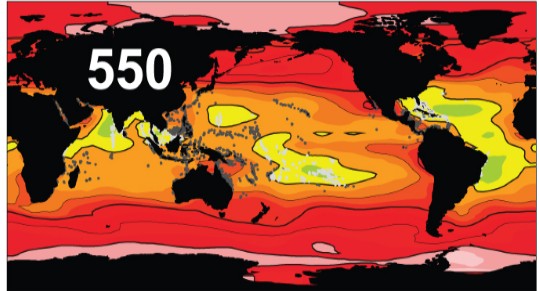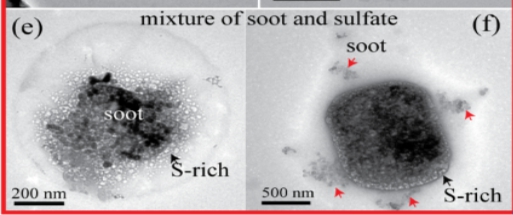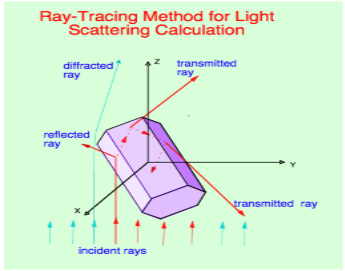The overall mission of the Department of Atmospheric Sciences is to conduct cutting-edge research in atmospheric sciences with high international visibility, and to provide students with high quality education and diverse research opportunities.
Brief History
The history of Department of Atmospheric Sciences can be tracked back to 1936 when Prof. Chu Kochen, the former President of Zhejiang University, founded Department of History and Geography within National Chekiang University (the predecessor of Zhejiang University). Since then, the Department experienced several decades of reconfiguration. In 1998, the discipline of atmospheric sciences was merged into the Department of Earth Sciences (now School of Earth Sciences). In 2016, the Department of Atmospheric Sciences was established within School of Earth Sciences.
Research Area
The faculty and students in the Department aim to better understand the atmosphere and its interaction with the ocean, land, biosphere, and human activities. Our diverse research area ranges in size from a single cloud droplet and aerosol particle to the global scale circulation. Major research areas include ocean-land-atmosphere interactions, climate variability from sub-seasonal to interannual and interdecadal time scales, global and regional climate change, extreme weather and climate, cloud physics, atmospheric radiation and remote sensing, atmospheric chemistry and pollution, ocean carbon cycle and ocean acidification, and climate intervention. Centered on these research areas, our faculty members have been constantly publishing high-quality peer-reviewed papers in prestigious journals such as Journal of Climate, Climate Dynamics, Journal of Geophysical Research, Geophysical Research Letters, and Atmospheric Chemistry and Physics.
Climate Variability and Change
Using data analysis and climate models to understand global and regional climate variability and the response of climate to external forcings. Specific research topics include: sub-seasonal to seasonal prediction and interdecadal climate variability and predictability, major climate modes, (such as ENSO, NAO and PDO) and their roles in climate variability, interactions between climate change and the carbon cycle, and climate response to geoengineering (climate engineering).

Atmospheric Dynamics
Using observational data, synoptic analysis, and high-resolution mesoscale model to understand the mechanism and physical processes of severe weather, such as torrential rainfall, tropical cyclones and Meiyu front. Specific research topics include: quantitative precipitation analysis, genesis and rainfall distribution of tropical cyclone, dynamic interaction between synoptic and mesoscale weather systems, numerical modeling of severe convective systems.

Atmospheric Chemistry and Environment
This research area focuses on aerosol chemistry using a range of online and offline analytical instruments to characterize the compositions in the atmosphere. Aerosol chamber is used to study the chemical reactions and aerosol-water interactions. We specifically focus on individual partical analysis, black carbon measurement/modelling and source attribution of particulate matters.

Atmospheric Radiation and Remote Sensing
This research area focuses on light scattering by non-spherical and inhomogenous particles with applications in atmospheric radiative transfer, remote sensing, numerical weather forecast, and climate sciences. Specific research topics include: 1) advanced computational techniques to solve electromagnetic wave scattering by non-spherical and inhomogeneous particles; 2) advanced aerosol and cloud optics models to reduce uncertainties associated with atmospheric raditive transfer and remote sensing; 3) efficient and accurate observation operators with applications for assimilating satellite and radar observations in numerical weather forecast models; 4) improve current understanding the radiative effects of clouds and aerosols in chemical weather and global circulation models.

